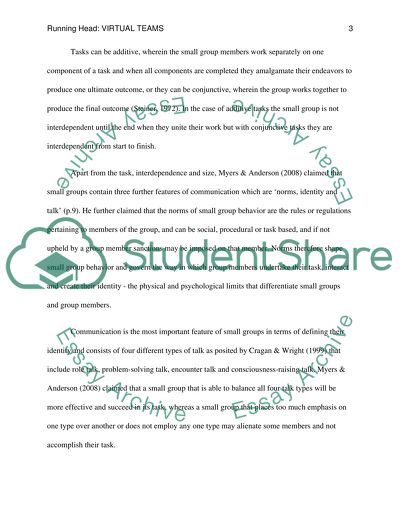Cite this document
(“Virtual groups and how they effect group communication Research Paper”, n.d.)
Retrieved from https://studentshare.org/nursing/1425925-virtual-groups-and-how-they-effect-group
Retrieved from https://studentshare.org/nursing/1425925-virtual-groups-and-how-they-effect-group
(Virtual Groups and How They Effect Group Communication Research Paper)
https://studentshare.org/nursing/1425925-virtual-groups-and-how-they-effect-group.
https://studentshare.org/nursing/1425925-virtual-groups-and-how-they-effect-group.
“Virtual Groups and How They Effect Group Communication Research Paper”, n.d. https://studentshare.org/nursing/1425925-virtual-groups-and-how-they-effect-group.


